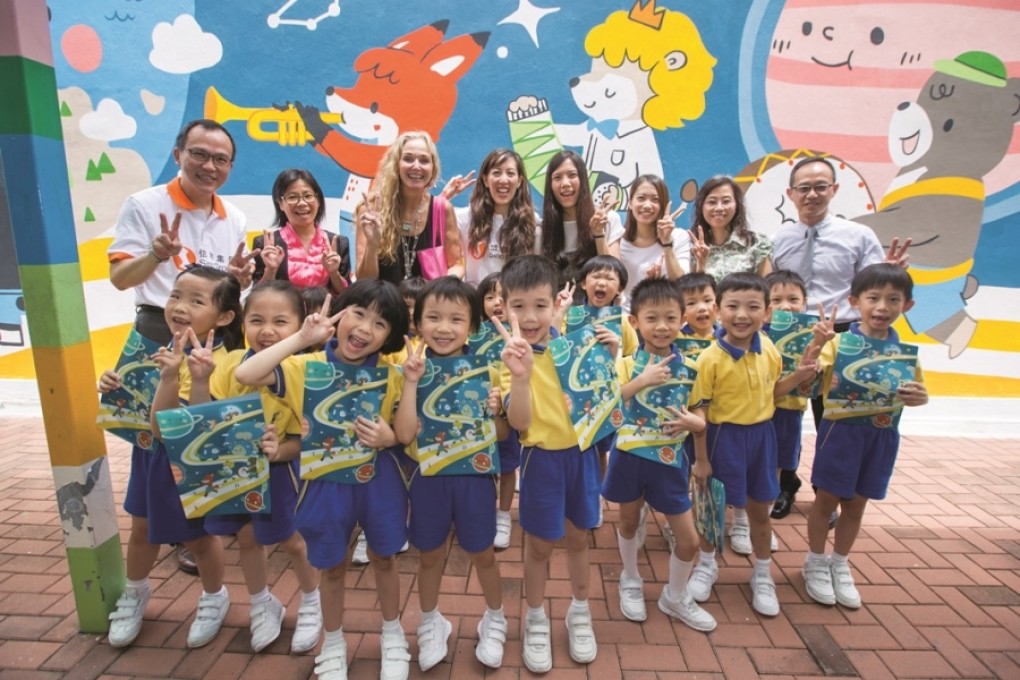Over the wall
Sino Art’s murals encourage student participation and benefit the whole community.

Since 2006, the Sino Group has been supporting local communities and those in need through Sino Art, which was founded to promote arts and culture through events, workshops, public art, and community engagement.
One focus of the programme is partnering with local artists to paint murals on community facilities, and to organise art-related workshops and activities for underprivileged children and teenagers. Seven outdoor murals have been completed during the last three years, allowing the programme to engage with the public in a visible way.
Chan Gua, an illustrator and graphic designer, was invited by Sino Art to take part in a mural project for a kindergarten. “After they had explained the project, I realised how meaningful it would be. The project became very important to me,” he explains. The opportunity to use his craft to bring joy to the public was an important motivating factor for Chan.
He was inspired by the idea of sharing creativity. “I considered the definition of creativity as an expression of something beautiful. Even though the form of what we find beautiful is different for everyone, it’s important to us all – isn’t it another form of happiness?” he asks, adding: “I hope bringing art to the community, and letting the audience connect with it, helps them to feel happiness in their hearts. That is how the community benefits.”
After receiving some guidelines from Sino Art, Chan started putting together his idea for the Hong Kong Christian Service Tai Hang Tung Nursery School. His research started online, looking at other murals and art ideas for kindergartens. He also discussed the project more deeply with Sino Art, with a view to drawing on their experience. “They knew what to expect, so I realised that their advice would be a plus for me,” Chan says.
Chan started by using animals to express his idea. He drew a sketch showing animals playing at an amusement park, experiencing rides, such as a merry-go-round. “I showed them as friends, having fun together, and supporting each other, because I wanted to show the children they could live like that too,” he explains.